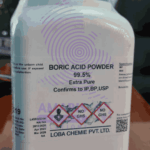



Boric Acid 500gm
$370.00 Original price was: $370.00.$200.00Current price is: $200.00.
Boric acid is a weak, water-soluble acid that occurs naturally in some minerals, volcanic waters, and hot springs. It is a white, odorless, and crystalline powder that is often used as an antiseptic, insecticide, flame retardant, and in various industrial applications. Boric acid is also commonly used in households as an eyewash, as a preservative for food and cosmetics, and as an ingredient in some laundry and cleaning products. It is considered a safe and effective substance when used properly, but can be toxic in high doses.
Uses of Boric Acid
Buffering Agent:
Boric acid is often used as a buffering agent in biochemical and molecular biology laboratories to maintain the pH of solutions. It helps stabilize the pH, particularly in biological and chemical assays.
Preservative:
It’s used as a preservative for biological specimens, especially for preserving tissue samples and microbial cultures. Boric acid solutions can inhibit the growth of bacteria and fungi, thereby extending the shelf life of specimens.
Indicator:
Boric acid can be used as an indicator in various chemical titrations, particularly in acid-base titrations. It changes color in the presence of certain ions or pH ranges, indicating the endpoint of a reaction.
Flame Retardant:
In certain applications where flame resistance is needed, boric acid can be incorporated into materials such as textiles or polymers to impart flame retardant properties. This application is more relevant in materials science research.
Insecticide:
Boric acid is sometimes used in laboratory settings as an insecticide to control pests such as ants, cockroaches, and silverfish. It disrupts their digestive system and is relatively low in toxicity to humans and pets.
Analytical Chemistry:
Boric acid can be used in various analytical chemistry techniques, such as chromatography and spectrophotometry, as a component of mobile phases or reagent solutions.


 Emollients
Emollients Humectants
Humectants UV Filters
UV Filters Surfactants (cosmetic)
Surfactants (cosmetic) Preservatives (cosmetic)
Preservatives (cosmetic) Fragrances and Essential Oils
Fragrances and Essential Oils Antioxidants (cosmetics)
Antioxidants (cosmetics)
 Solvents (lab)
Solvents (lab) Chromatography Chemicals
Chromatography Chemicals Microbiology and Cell Culture Reagents
Microbiology and Cell Culture Reagents Biochemical Reagents
Biochemical Reagents Inorganic and Organic Standards
Inorganic and Organic Standards Spectroscopy Reagents
Spectroscopy Reagents Molecular Biology Reagents
Molecular Biology Reagents
 Precious Metal Extraction Agents
Precious Metal Extraction Agents
 Plasticizers
Plasticizers Polymerization Initiators
Polymerization Initiators Stabilizers
Stabilizers Monomers
Monomers Fillers and Reinforcements
Fillers and Reinforcements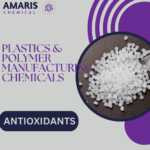 Antioxidants (plastics)
Antioxidants (plastics) Colorants (plastic pigments,Dyes)
Colorants (plastic pigments,Dyes)
 Fertilizers
Fertilizers Plant Growth Regulators
Plant Growth Regulators Soil Conditioners
Soil Conditioners Animal Feed Additives
Animal Feed Additives Biostimulants
Biostimulants
 Dough Conditioners
Dough Conditioners Flour Treatments
Flour Treatments Fat Replacers
Fat Replacers Preservatives (baking)
Preservatives (baking)
 Surfactants (cleaning)
Surfactants (cleaning) Builders
Builders Bleaching Agents
Bleaching Agents Enzymes
Enzymes Solvents (cleaning)
Solvents (cleaning) Fragrances
Fragrances Disinfectant
Disinfectant Metal cleaning
Metal cleaning
 Binders/Resins
Binders/Resins Pigments
Pigments Solvents (paint)
Solvents (paint) Additives
Additives Driers
Driers Anti-Corrosion Agents
Anti-Corrosion Agents Specialty Coatings
Specialty Coatings Functional Coatings
Functional Coatings Application-Specific Coatings
Application-Specific Coatings
 Sealants and Adhesives
Sealants and Adhesives
 Biodegradable Surfactants
Biodegradable Surfactants Bio-based Solvents
Bio-based Solvents Renewable Polymers
Renewable Polymers Carbon Capture Chemicals
Carbon Capture Chemicals Wastewater Treatment Chemicals
Wastewater Treatment Chemicals
 Preservatives (food)
Preservatives (food) Flavor Enhancers
Flavor Enhancers Acidulants
Acidulants Sweeteners
Sweeteners Emulsifiers
Emulsifiers Antioxidants (food)
Antioxidants (food) Colorants (food)
Colorants (food) Nutrient Supplements
Nutrient Supplements Nutraceutical Ingredients
Nutraceutical Ingredients
 Fresh Herbs
Fresh Herbs Whole Spices
Whole Spices Ground Spices
Ground Spices Spice Blends
Spice Blends
 Surfactants(oil)
Surfactants(oil)
 Antibiotics
Antibiotics Active Pharmaceutical Ingredients
Active Pharmaceutical Ingredients Excipients
Excipients Vaccine Adjuvants
Vaccine Adjuvants Nutraceutical Ingredients
Nutraceutical Ingredients Solvents (pharmaceutical)
Solvents (pharmaceutical)
 Automotive chemicals
Automotive chemicals Pyrotechnic Chemicals
Pyrotechnic Chemicals


 Vulcanizing Agents
Vulcanizing Agents Accelerators & Retarders
Accelerators & Retarders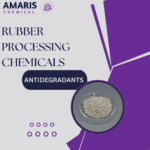 Antidegradants
Antidegradants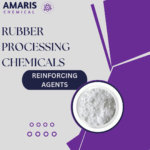 Reinforcing Agents
Reinforcing Agents Plasticizers & Softeners
Plasticizers & Softeners Fillers & Extenders
Fillers & Extenders Blowing Agents
Blowing Agents Adhesion Promoters
Adhesion Promoters

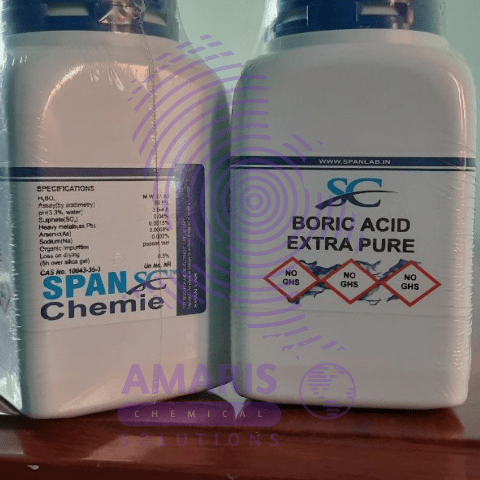

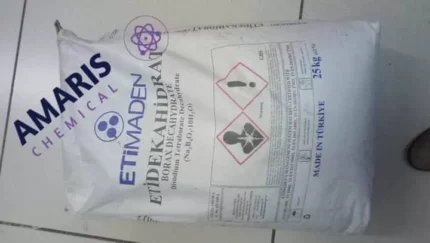
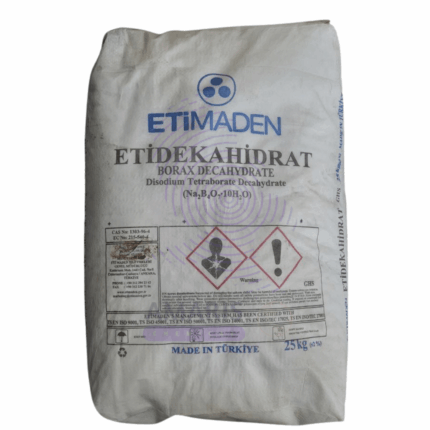




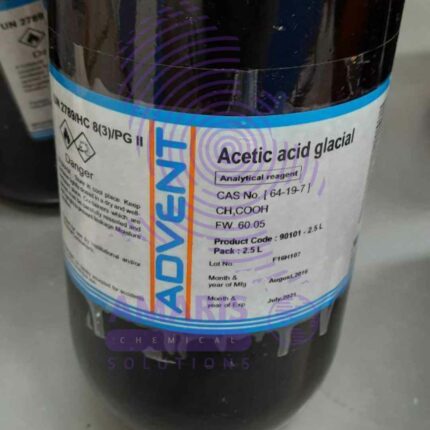









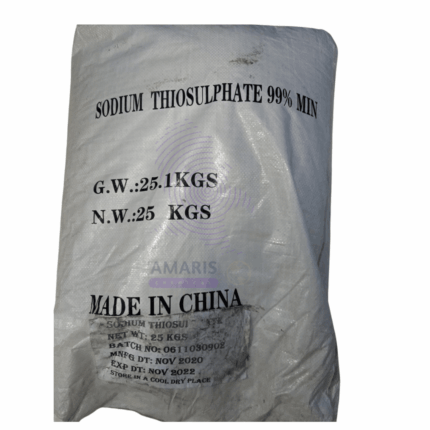













Delilah –
Pest Control: Acts as an effective insecticide against ants, cockroaches, and termites.